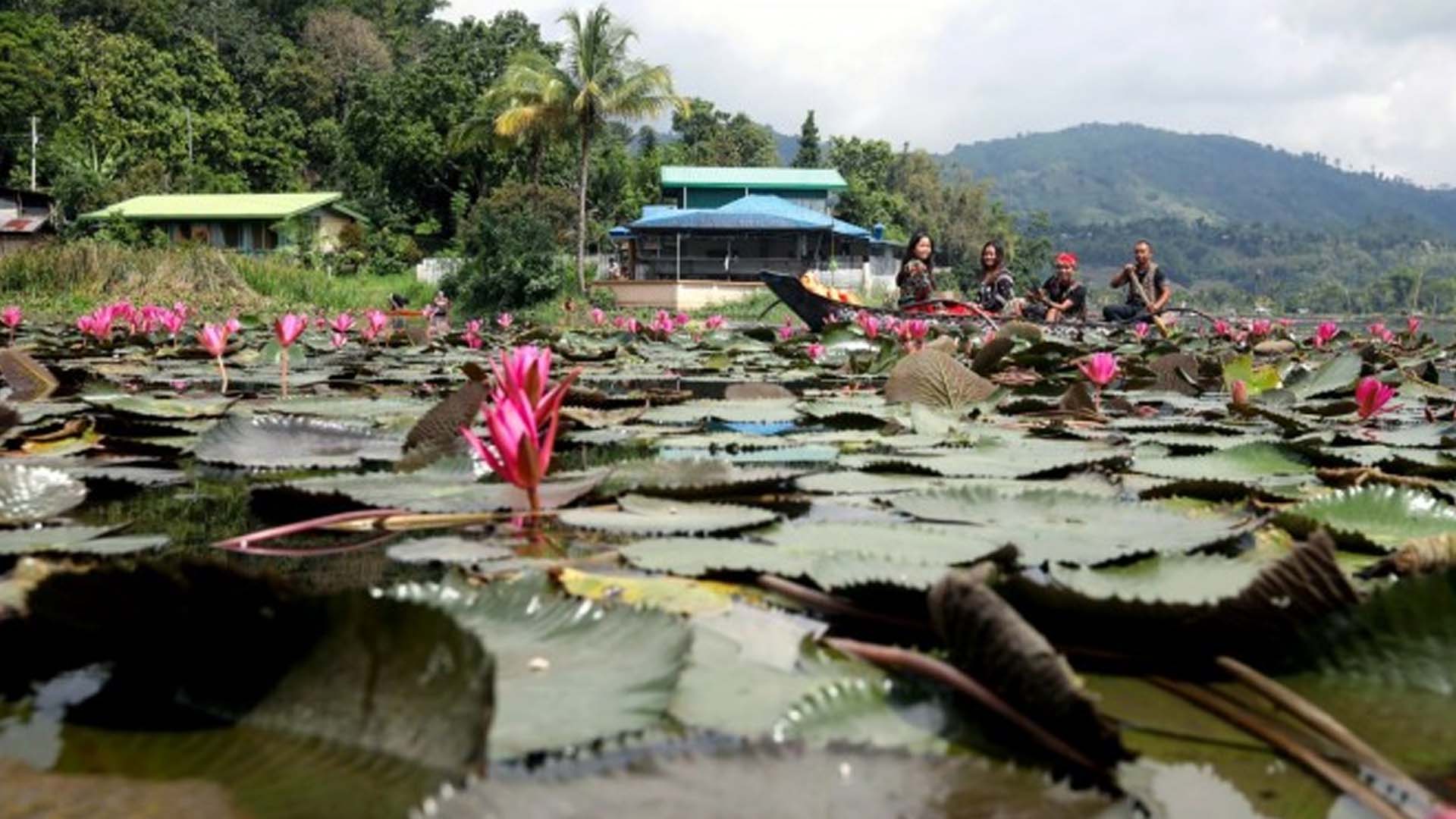The Philippines’ estimated visitor receipts have reached more than PHP280 billion in the first half of 2024, the Department of Tourism (DOT) reported Thursday.
Based on DOT’s latest statistical monitoring report, tourism earnings from inbound visitors are currently pegged at PHP282.17 billion from Jan. 1 to June 30, 2024.
This is higher by 32.81 percent than the PHP212.47 billion revenue from the same period last year.
In a statement, Tourism Secretary Christina Frasco said this is a “testament to the relentless efforts of the Marcos administration in revitalizing” the tourism sector.
“This 32.81 percent rise from last year’s figures not only showcases the growing appeal of the Philippines as a premier travel destination but also underscores the tangible benefits that tourism brings to our economy and our people,” she said.
“The income generated through tourism directly translates to more opportunities and improved livelihoods for Filipinos, reinforcing the critical role this industry plays in our nation’s progress.”
As of July 10, the country has logged 3,173,694 inbound tourists, of which 92.55 percent or 2,937,293 are foreigners, while the remaining 7.45 percent or 236,401 are overseas Filipinos.
South Korea remains the Philippines’ top source of foreign arrivals, with 824,798 or 25.99 percent of the total number of visitors entering the country.
The United States comes second with 522,667 (16.47 percent), followed by China with 199,939 (6.30 percent), Japan with 188,805 (5.95 percent), and Australia with 137,391 (4.33 percent).
Taiwan, Canada, the United Kingdom, and neighboring Southeast Asian nations, Singapore and Malaysia, are the sixth to tenth source markets, respectively.
“In the second half of the year, we anticipate these numbers to increase, not only the revenue generated but most importantly, the number of Filipinos employed in tourism-related industries,” Frasco said.
“Many projects aimed at improving the country’s connectivity and enhancing our visitors’ convenience are also in the pipeline to sustain the good work we have started.”
She is optimistic about improving the industry’s gains as the 2024 Economic Impact Research (EIR) of the World Travel & Tourism Council (WTTC) forecasts a “record-breaking” year for the Philippines’ travel and tourism industry in terms of economic contribution, employment, and visitor spending.
The WTTC said the tourism sector’s contribution to the national economy is expected to reach PHP5.4 trillion this year, or around 25 percent year-on-year growth, surpassing the record-breaking achievement in 2019 by 7.1 percent.
Employment in tourism is also projected to surpass 9.5 million jobs, translating to 20 percent of the national workforce.
The WTTC also forecasts that both international and domestic visitor spending is also set to break records this year, pegged at PHP715.6 billion and PHP3.7 trillion, respectively, exceeding 2019 levels by 5.7 percent and 1.8 percent, respectively.
“This growth is testament to the government’s efforts in enhancing tourism infrastructure, with efforts underway to upgrade regional airports to alleviate congestion at Manila’s main airport and make travel more accessible,” WTTC said in its report. (PNA)







